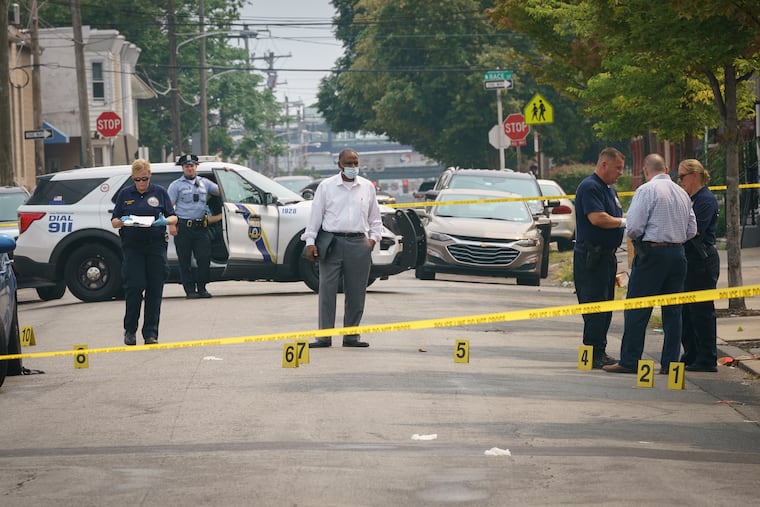Community groups haven’t heard a word about the gun violence prevention money promised in Philly’s new budget | Opinion
A month after Mayor Kenney’s new budget announced unprecedented funding for gun violence prevention — to much fanfare — advocates and community groups are wondering why no next steps have been taken.
